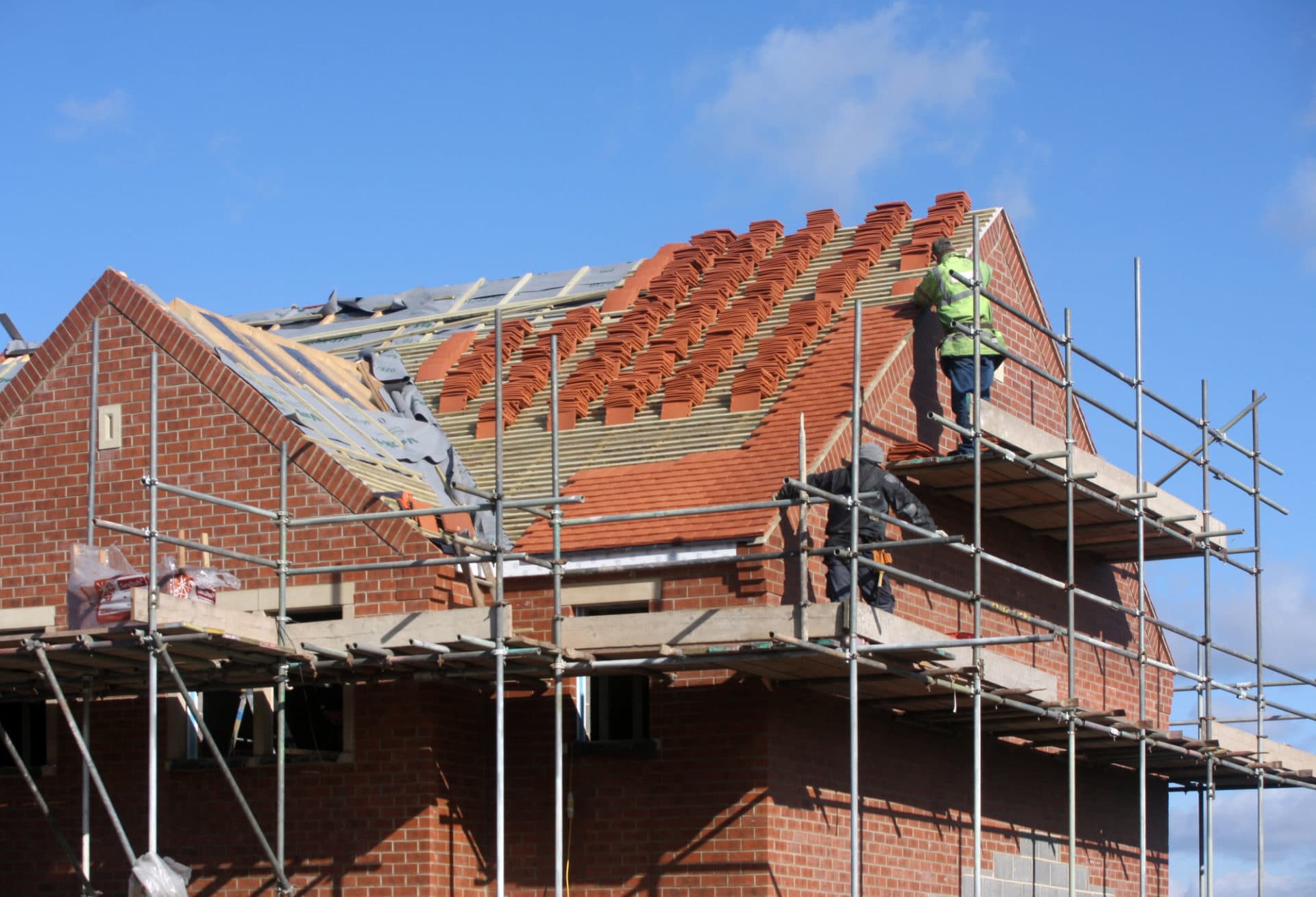Defects in construction projects
A contractor might well be the first port of call for remedying defects in the design and workmanship in construction projects. This is of course a simple statement. If there is a claim the owner has to navigate through potential pitfalls. They will need to know details such as how the project was originally procured, i.e. did the contractor take on single point responsibility or was it more decentralised via a construction management route as is more common in projects incorporating modern methods of construction (MMC). The procurement structure affects the scope and extent of the liability of each party to the owner in contract, if of course there is direct contractual recourse.
Other issues to navigate include: the contractor could have suffered an insolvency event, contractual documents can have limitations (and blocks on enforceability), or the ultimate end-user/owner may not have any contractual recourse against the contractor or MMC supplier. Professional indemnity insurance can also either be inadequate or the claims process could be quite stringent, so with all this to consider it can very quickly feel like jumping through hoops in a circus.
Why have a structural defects warranty in place?
A structural defects warranty, also known as Latent Defects Insurance or a building warranty, covers faulty materials, workmanship and/or defects for newly developed properties and/or renovated/converted buildings for a period of 10-12 years after practical completion.
It is generally a requirement within the UK Finance Lenders’ Handbook (UK Finance) that all new build or converted properties have a structural warranty in place.
Although it can never be a total substitute to a collateral warranty, as a collateral warranty (subject to its terms) can offer broader coverage, a structural defects warranty has a number of advantages. It can mitigate the risk of a contractor insolvency situation by providing balance sheet protection to developers. It improves the saleability of the completed build. It is therefore a useful asset to have in a development deal as an addition to existing contractual routes such as collateral warranties.
This is also particularly relevant in projects incorporating modular construction where a total system failure can be catastrophic to the project and its later use. Here a structural defects warranty is backed by a rigorous accreditation procedure which rubber stamps the modules.
The importance of timing
Timing is key with such structural defects warranties. Patent defects (usually subject of regular inspections) tend to be captured at practical completion and during the contractual defects liability period in construction projects.
For those latent and undiscovered defects in the structure (and/or modules) that only arise sometime after practical completion the structural defects warranty can step in to help an owner with a simple claims process that does not also necessarily rely on proof of the contractor’s or MMC manufacturer’s negligence. In this sense it is no different to what we are used to under a traditional build context.





















